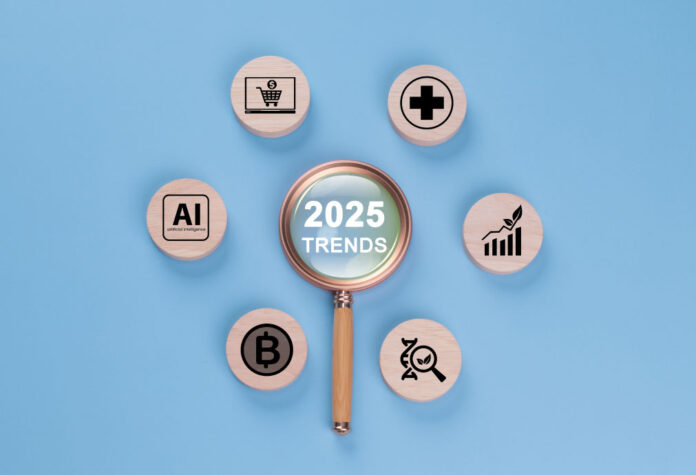The year 2025 promises to be a milestone in logistics evolution, with disruptive technologies transforming digitally the way companies operate and relate to customers. A Luft Logistics, that positions itself as a growth platform for clients, listed the five main trends that are expected to drive the sector this year
In a highly demanding market, the company reinforces the importance of innovation to optimize processes, reduce costs and enhance the customer experience. In the company's ranking, Artificial Intelligence (AI) emerges as the main protagonist of digital transformation. According to a survey by Data Makers, 8 out of 10 C-levels have AI as a priority
AI permeates all areas, from warehouse automation to demand forecasting and route optimization, says Gustavo Saraiva, CIO of the company. Next, the executive highlights the technologies that stand out this year
AI at all levels
AI is not limited to robots in warehouses. In 2025, it will be applied in demand forecasting, with intelligent algorithms analyzing historical data and external variables to predict it accurately, optimizing stocks and avoiding waste; in route optimization, with software calculating the most efficient routes, considering factors such as traffic, climatic conditions and fuel costs, and thus reducing deadlines and saving resources; in customer service, com chatbots oferecendo suporte 24/7, answering frequently asked questions, tracking orders and resolving issues quickly and efficiently; and in predictive maintenance, with sensors monitoring equipment in real time, predicting failures and scheduling preventive maintenance
Internet of Things (IoT)
IoT also emerges as a trend for a connected supply chain. It allows connecting the links, from suppliers to end customers. Sensors, trackers and smart devices collect real-time data about location, temperature, humidity and other important variables, ensuring visibility and allowing real-time monitoring. In inventory management, the sensors help monitor the levels, automating restocking and avoiding shortages; already in the monitoring of the temperature of sensitive products, the integrity of perishable products, medications and other items that require strict temperature control are ensured during transport and storage
Advanced robotics
Robotics for automation is also on the rise, with autonomous and collaborative robots (cobots) increasingly present in warehouses and distribution centers, performing tasks such as picking and packing, material handling and transportation of pallets and boxes. With this flow optimization, employees are released for more complex tasks. Already in the inventory, drones with cameras and sensors can perform inventory counting quickly and accurately, eliminating the need for interruptions in operation
Blockchain
Security and transparency is another bet in logistics. Blockchain technology ensures the security and immutability of data, being applied for product tracking, ensuring authenticity and provenance. It will also be applied more frequently in contract management and data sharing, allowing the secure sharing of information among the different participants in the supply chain
Sustainability
To conclude, care for the environment remains a crucial factor. In 2025, sustainability should continue as a competitive advantage in companies, through route optimization, AI and algorithms reducing travel distances and fuel consumption; renewable energies, fleet electrification, GNV and solar energy. Eco-friendly packaging, with the use of recycled and biodegradable materials, will also reduce the environmental impact


